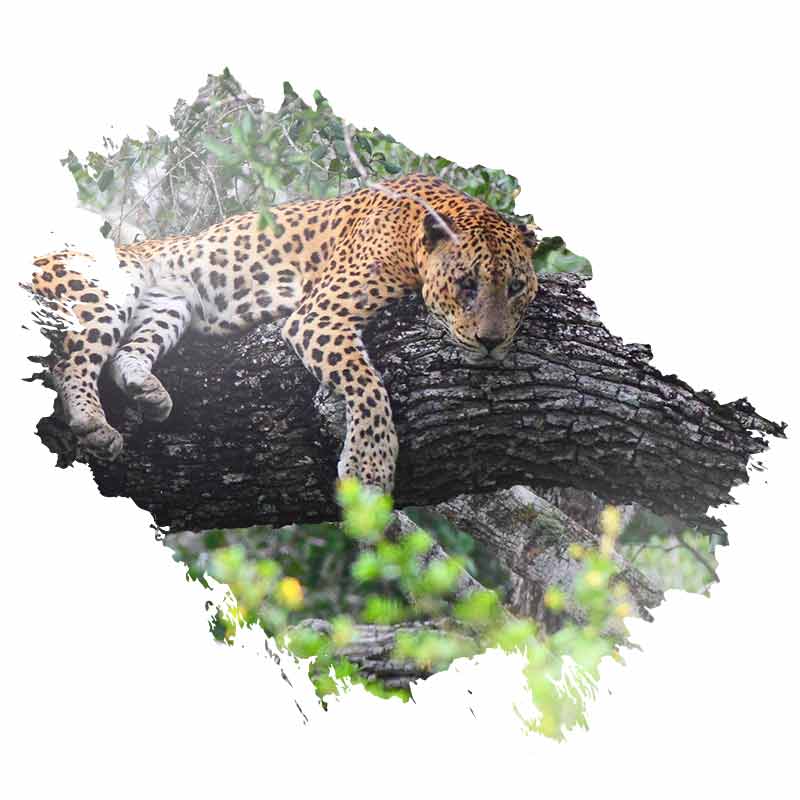Remnantsof Early Civilisation in the Yala Territory


The Yala National Park, located in the south western corner of the island, is a haven for several species of flora and fauna. Recent discoveries, however, showcase that Yala is not just the home of wildlife and rich foliage, but also a place where ancient human civilisation once thrived.
An area of the national park was believed to be a breeding ground for a species of ‘beast men’, popularly known as ‘Nittaewo’, during ancient times. A publication titled Nittaewo – the Hobbits of Sri Lanka, compiled by Pradeep Jayatunga, provides insight into the legends pertaining to these early beings. Various accounts indicate that they may have been around four feet tall, with red hair, long sharp claws, and possessing other features similar to that of the Neanderthal. Legend states that these beings once roamed the territory of the park as hunter-gatherers and were in constant conflict with the Lenama Veddah tribe (indigenous people). The conflict was purported to often result in small ambushes and theft. It is believed that the Nittaewo were physically weaker to the Veddahs, which led to the ‘beast men’ using ambush tactics to best the Veddahs. Carcasses of monitor lizards and tortoises found in the Mahalenama cave are believed to be indicative of the diets and lifestyle of the ancient men.
The ongoing conflict between the two, however, is believed to have ultimately led to the extinction of the Nittaewo, as the Veddahs proved to be strategically superior. Legends state that the extinction came about when the Lenama Veddahs trapped the last of the Nittaewo in a cave and suffocated them. The Bambaragasthalawa Cave inside the park is believed to be one of the caves used for this purpose by the Veddha tribe.
As per legend, the Lenema Veddah tribe also subsequently faced extinction. This was supposedly due to attacks on the tribe’s caves and settlements by the Lenama leopards. A legend of old states that the leopards that destroyed the Veddah clan were sent by Kataragama Deviyo (god) as punishment for an offending ritual performed by the indigenous people.
Travelling further back in time, these lands are also believed to have been a primary domain for the mythical King Ravana. The epic of the ‘Ramayana’ (a chronicle that depicts the war between King Ravana of Sri Lanka and Prince Rama of India), indicates that the southern coastal bases of Sri Lanka were used to imprison Sita, Prince Rama’s wife, whose abduction by Ravana began the war. The present-day Great Basses Reef offshore lighthouse, a few kilometres off the coast of the park, is the only proof of a landmass that was once called ‘Ravana Kotte’. The city may now be claimed by the ocean, but it is sometimes possible to see parts of the original fortress of King Ravana during the changing of the tides.
The history of the Yala region is indeed rather fascinating as the land has nourished many different civilizations over the years and now continues to provide shelter and sustenance to so many important wildlife species.